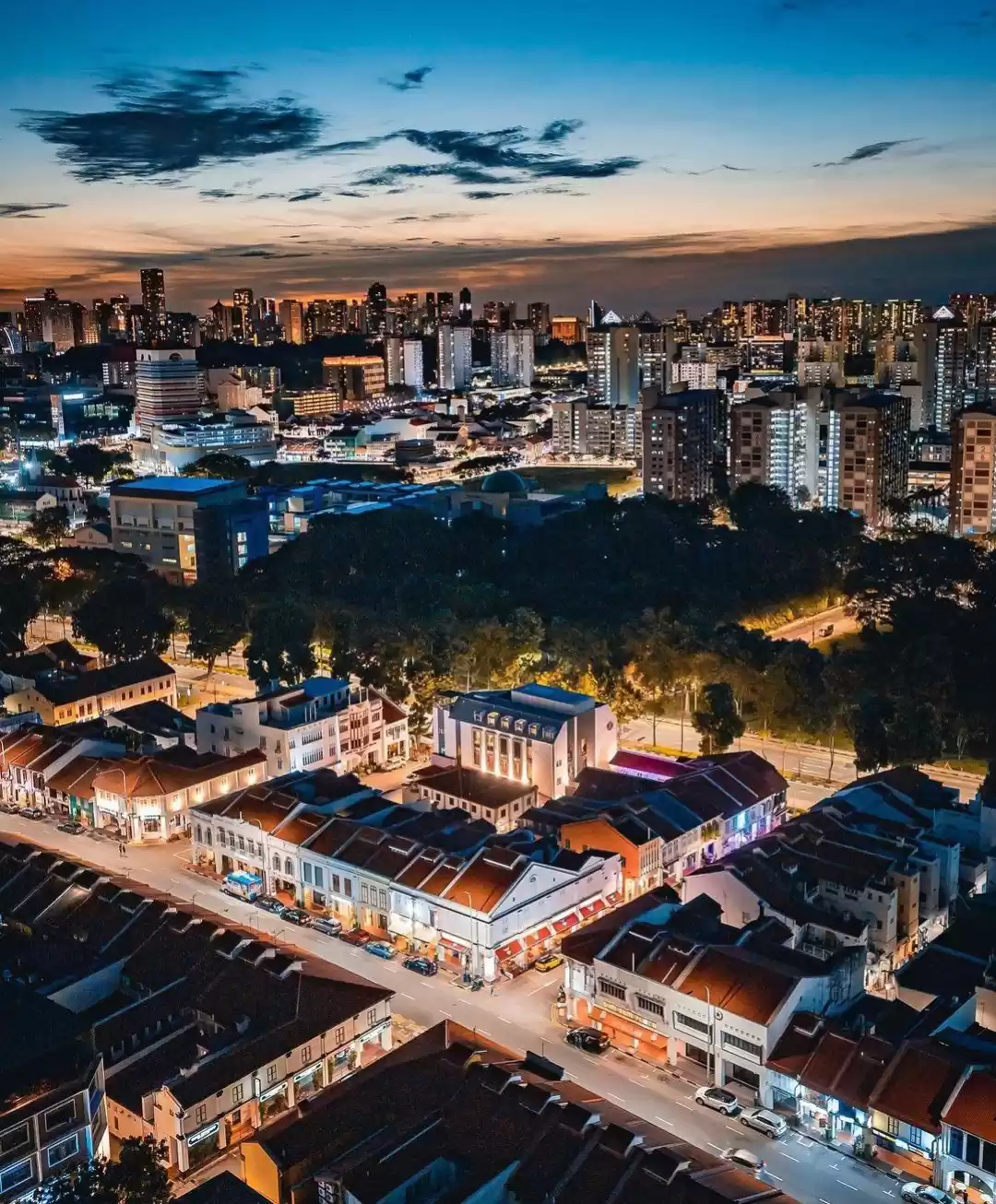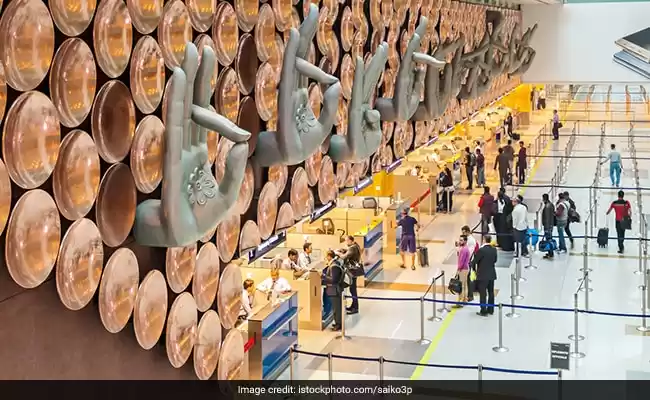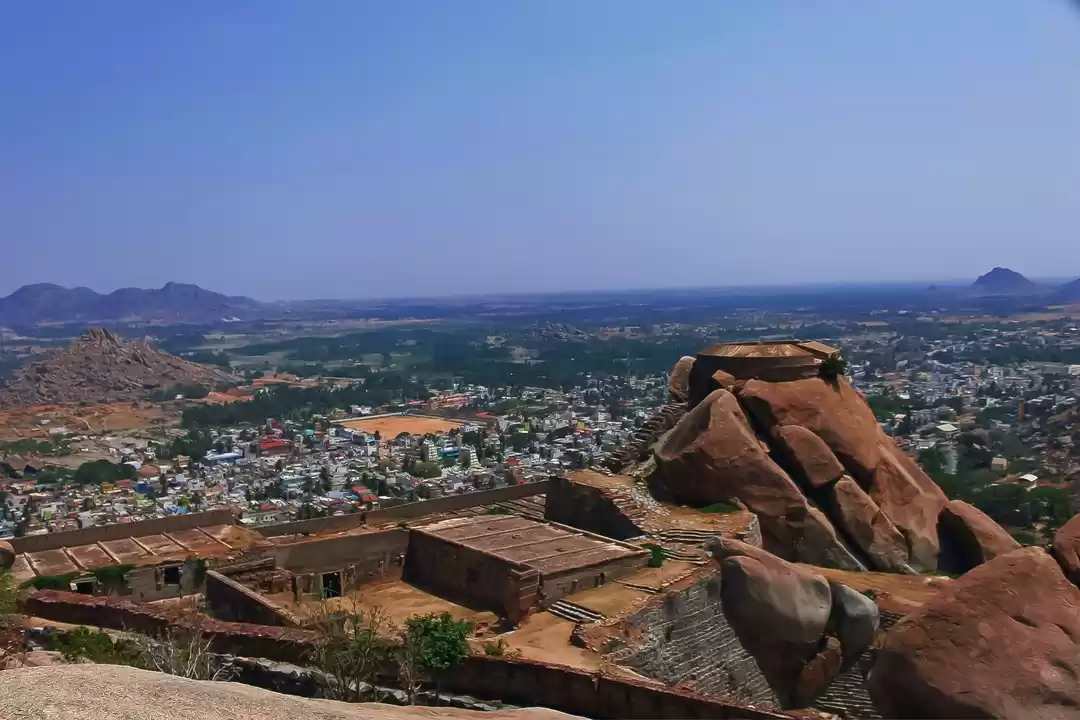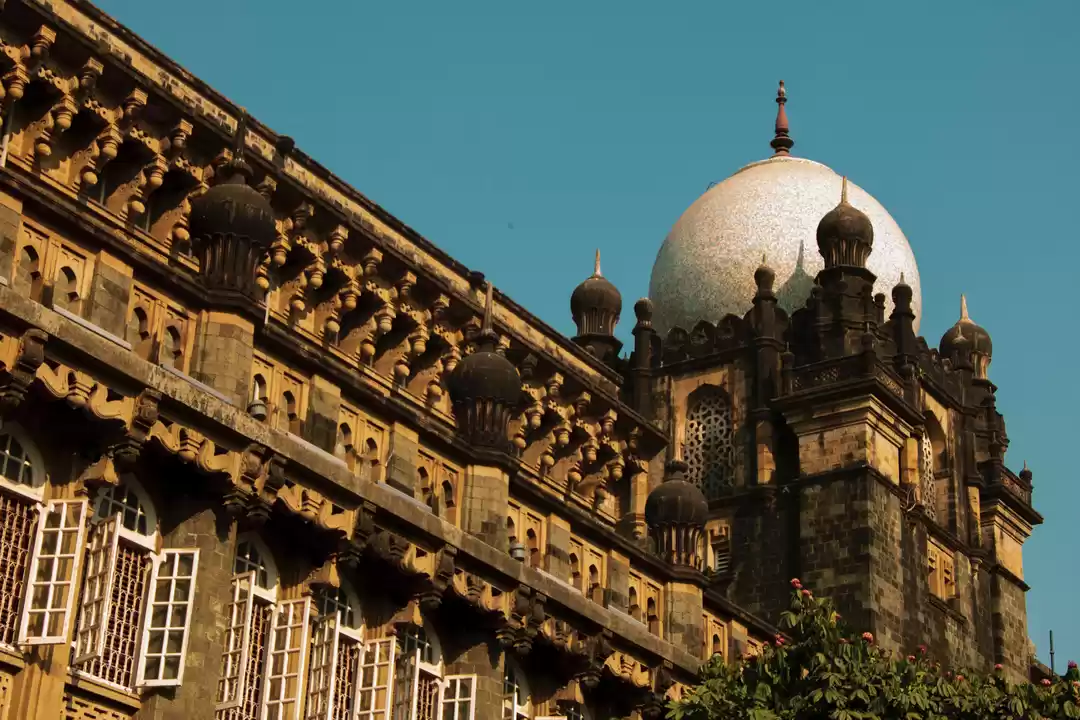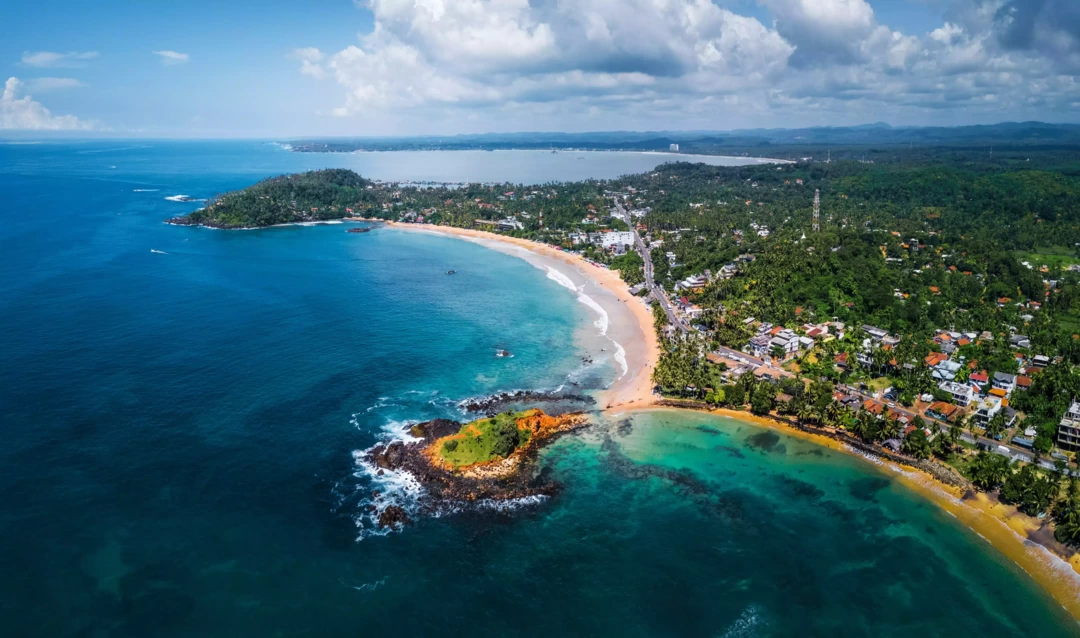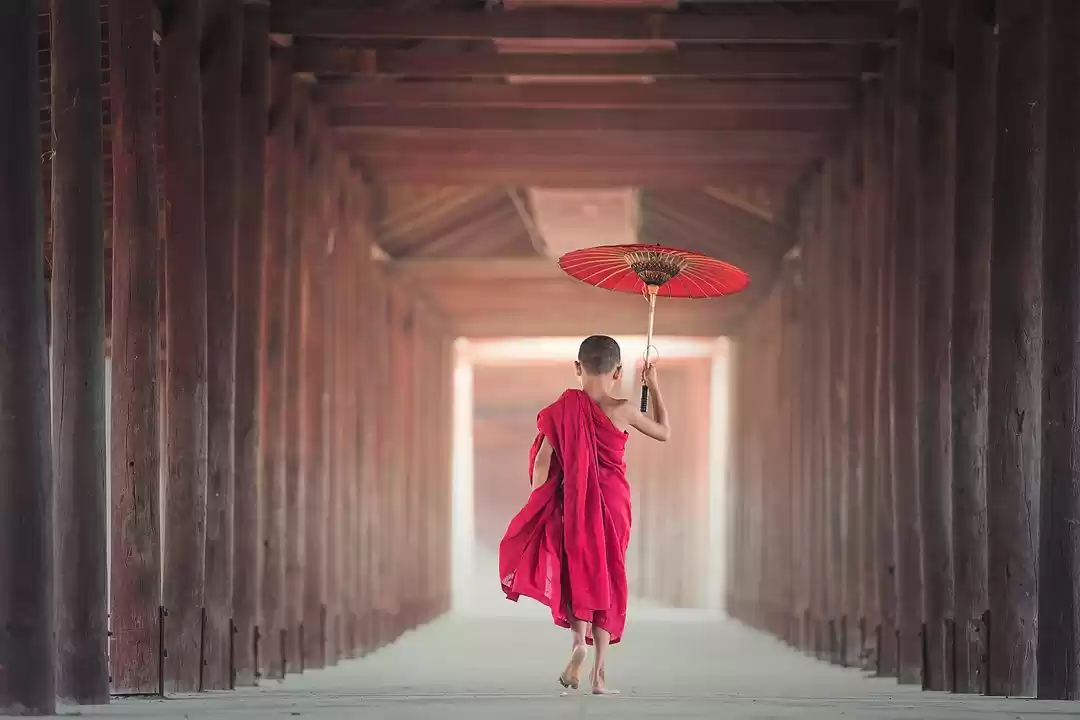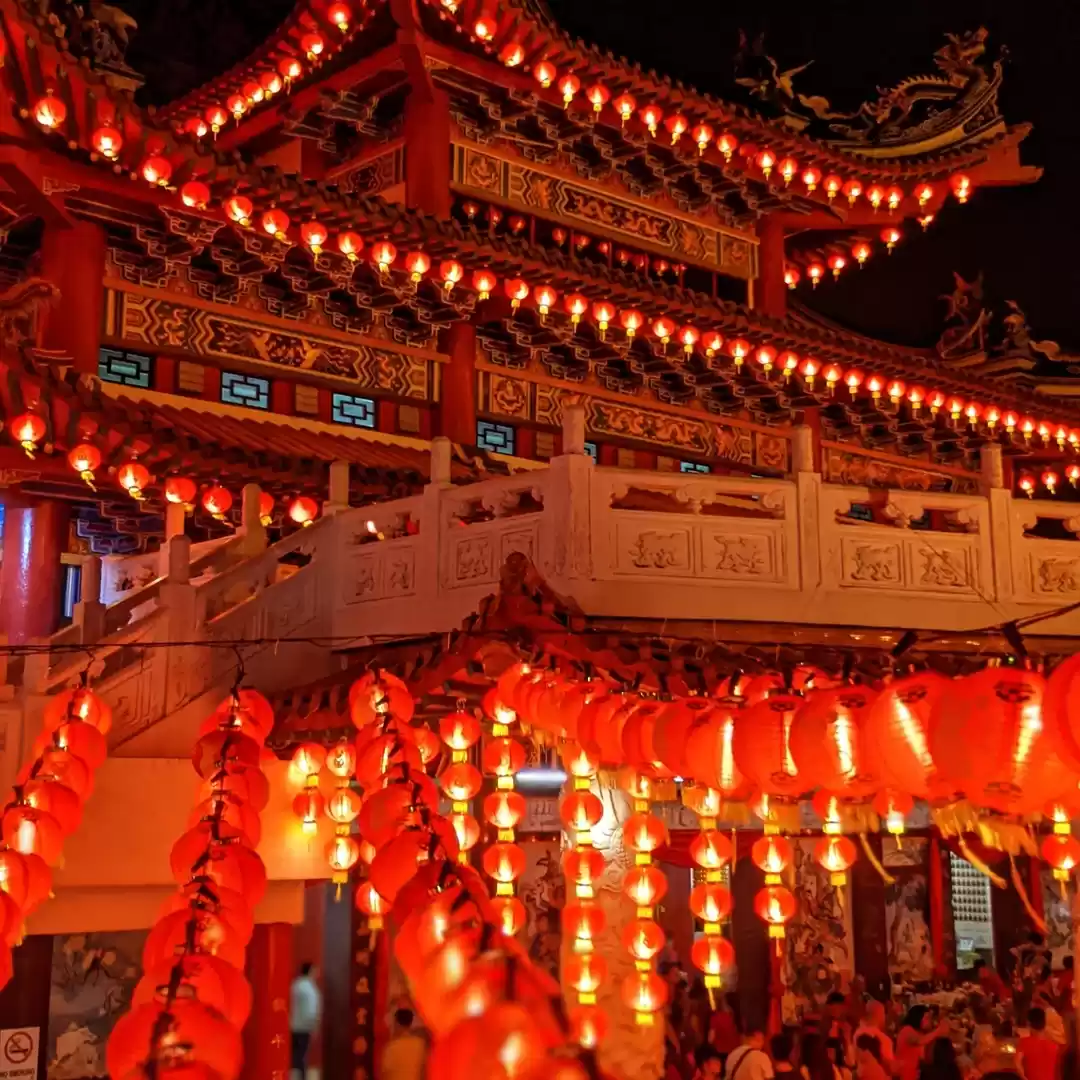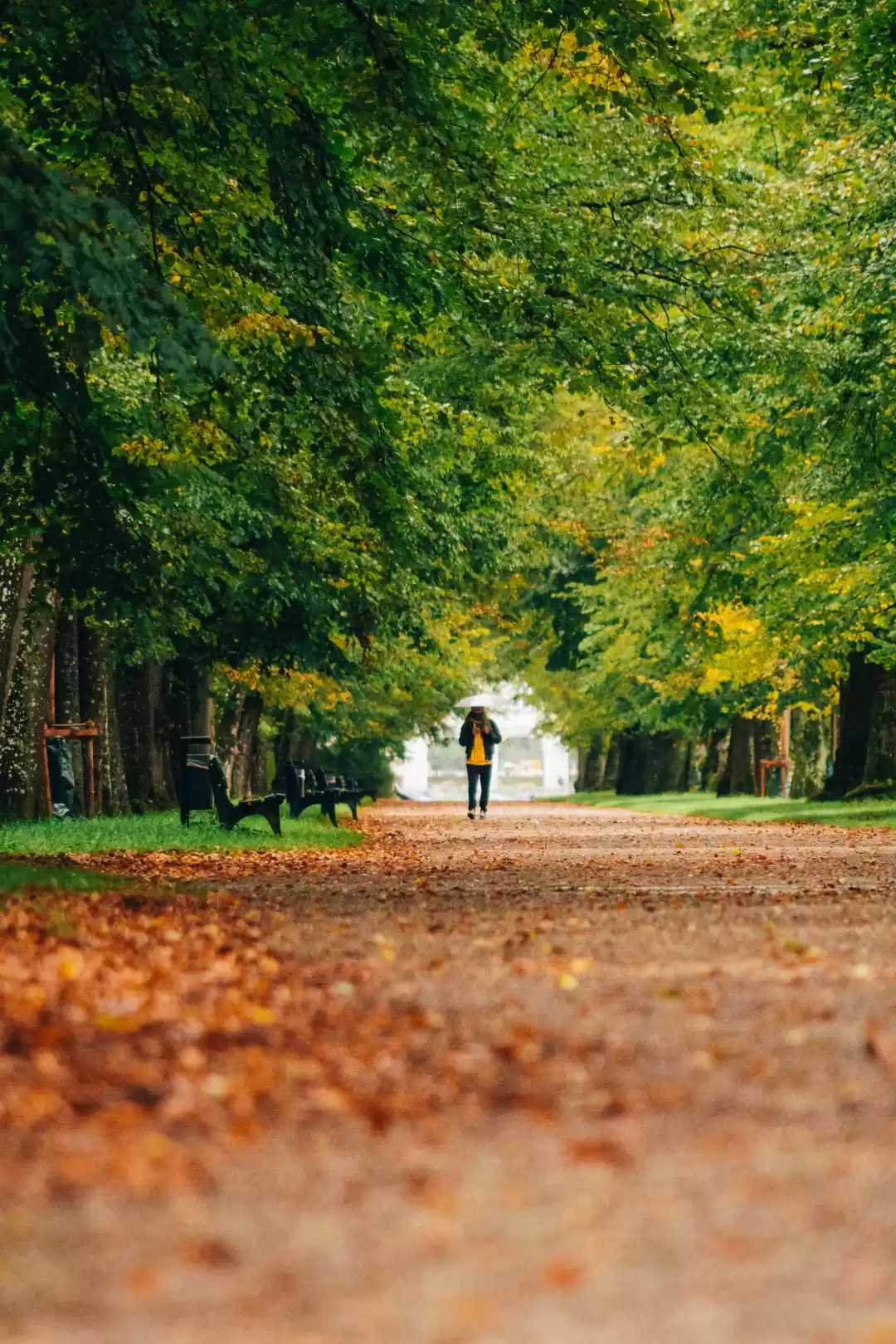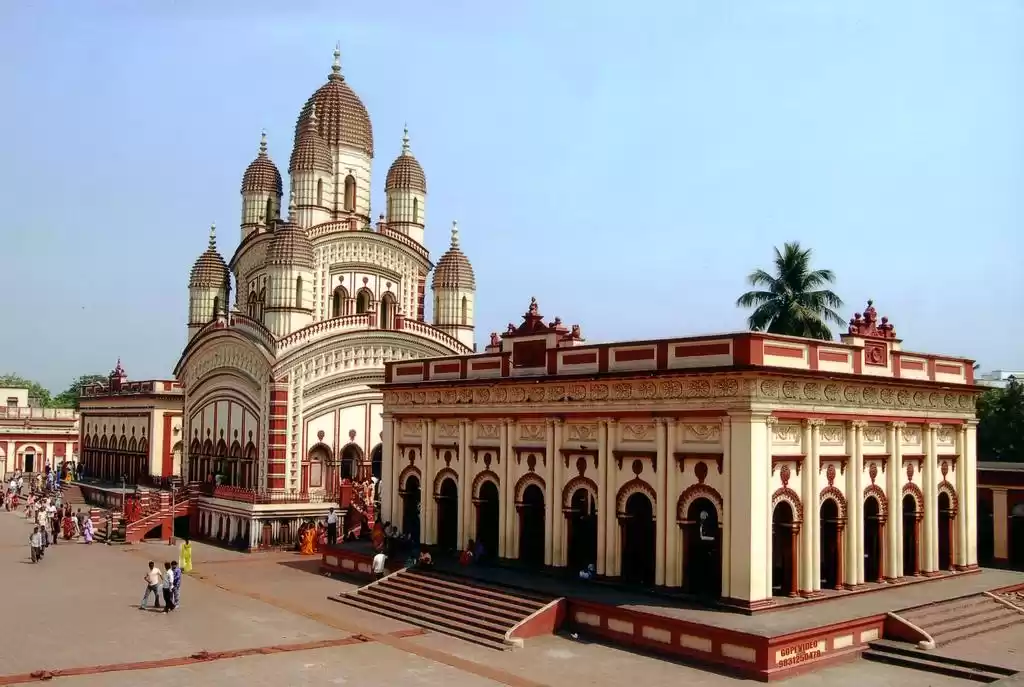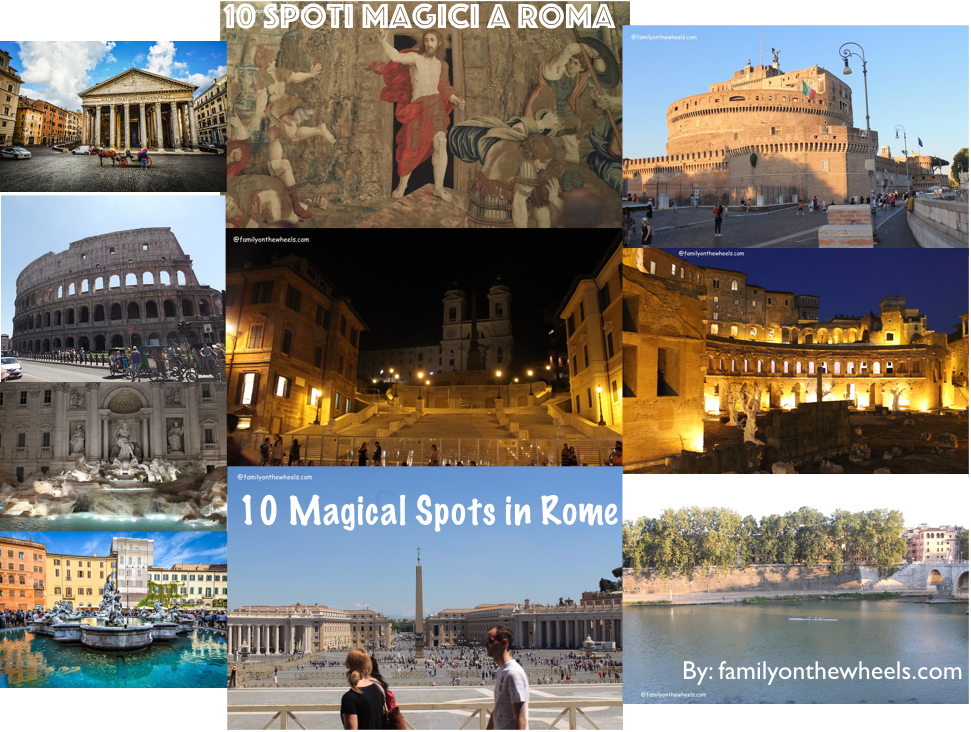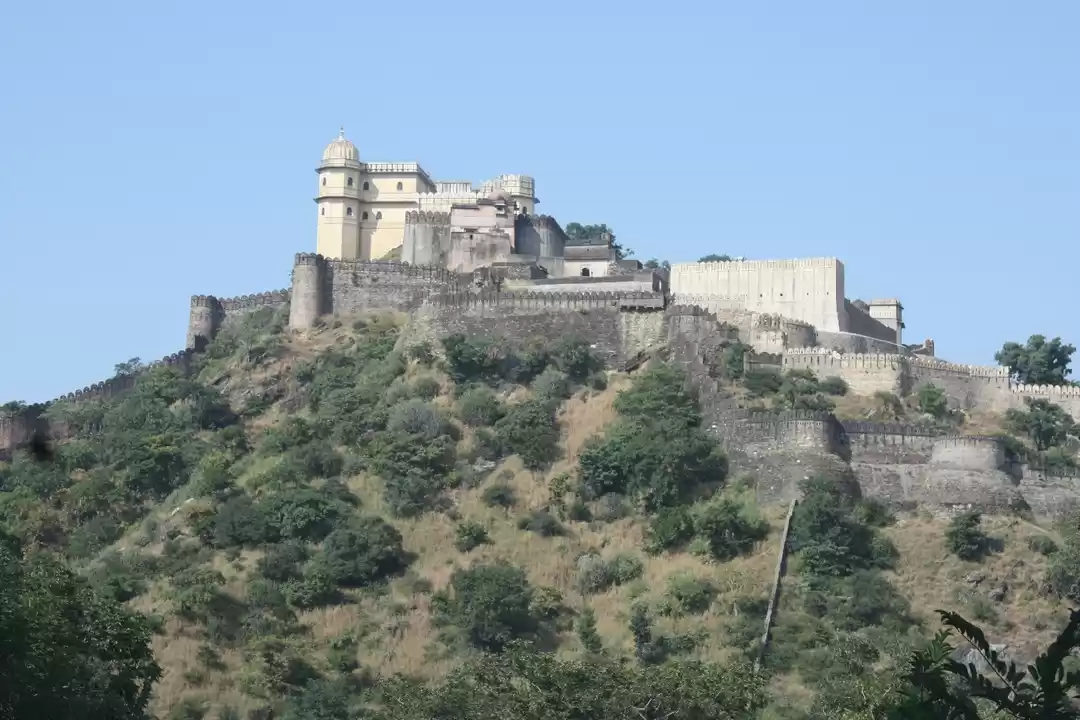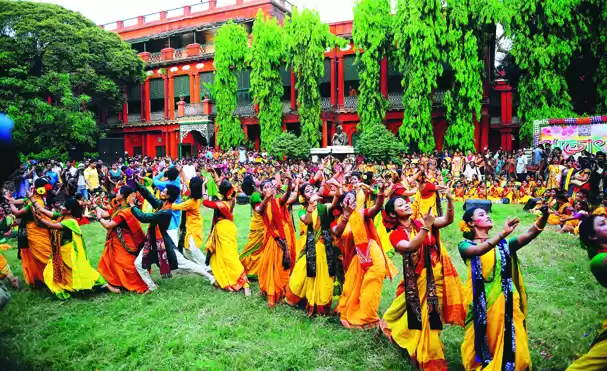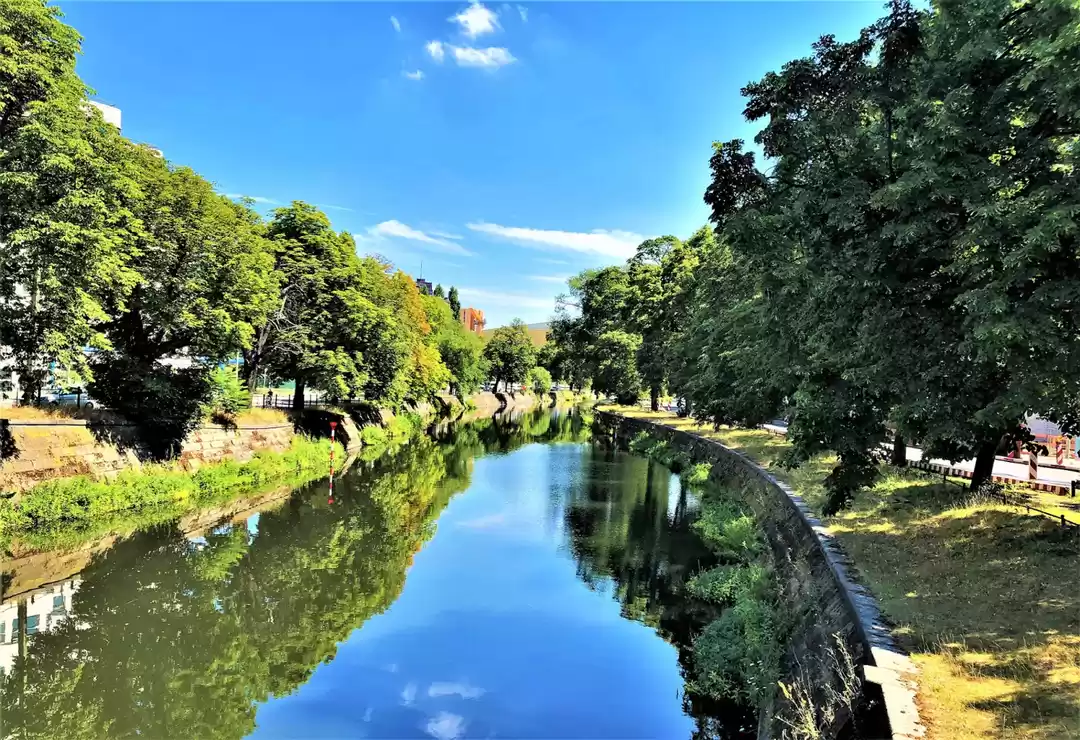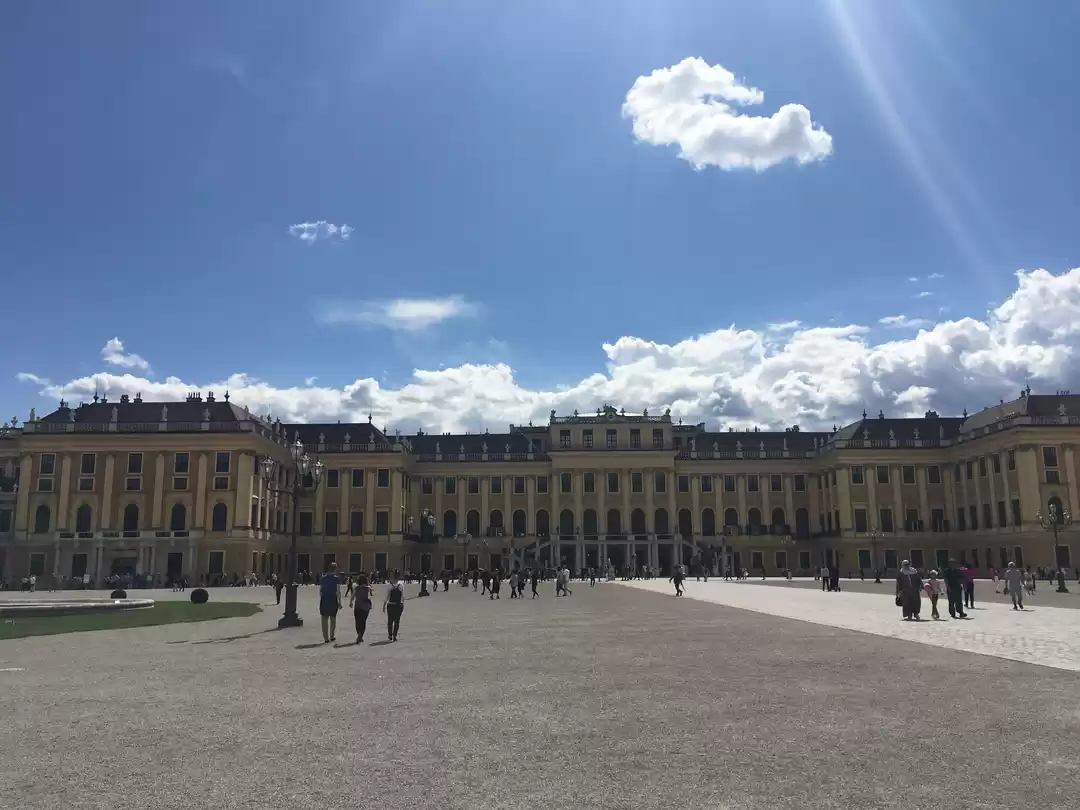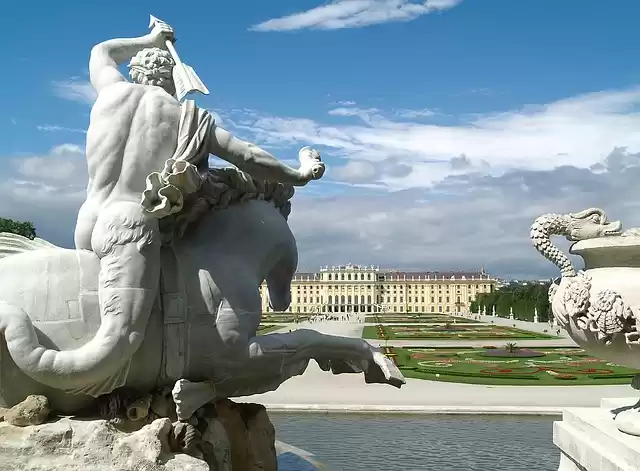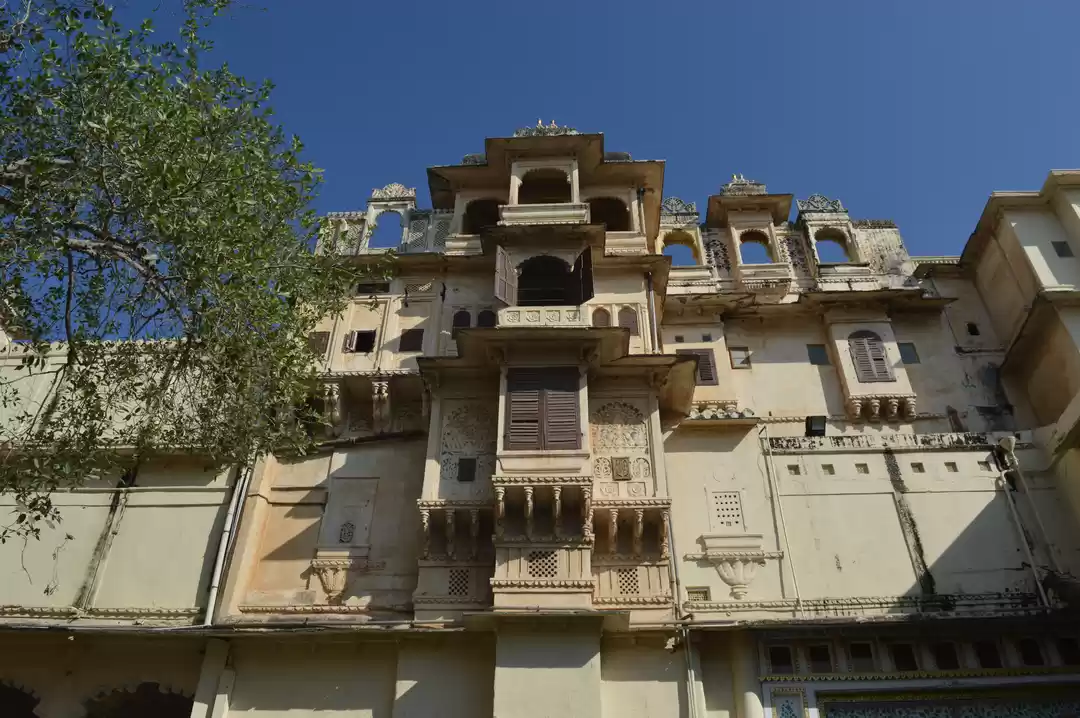http://lifeisajourney.co.in/marble-palace/
The ‘City of Joy’ has enormous wonders. Marble Palace is one of them. It is a ‘Temple of Art’ that reflects the affluent, extravagance and lavish life style of Nawabs of Bengal. Inside the palace arena, lies the oldest zoo of India. The curator of the captivating mansion was Raja Rajendra Mullick. He was a wealthy businessman and had great passion for collecting art works. The palace is the outcome of his zeal and love towards art and music.
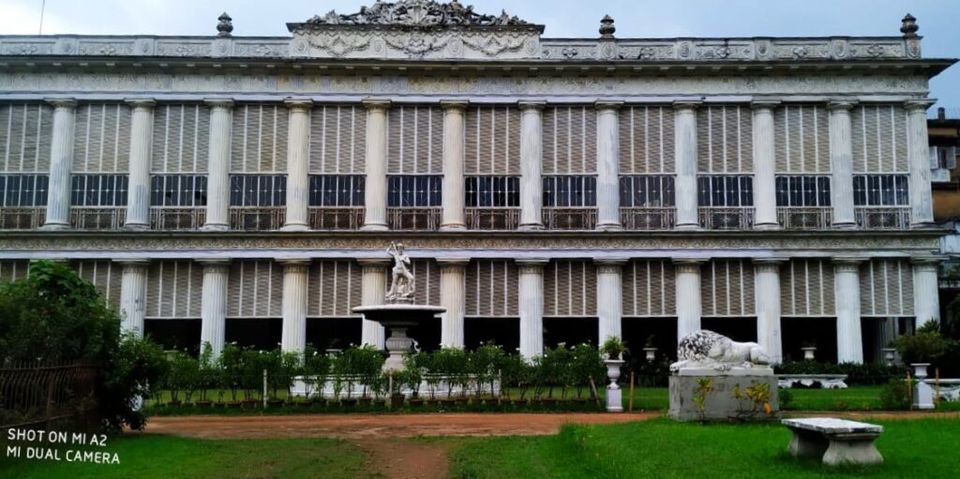
The white marble edifice standing still on the carpet of green grass was astonishing. At the main entrance, there was gatekeeper wearing traditional attire with a long stick in his hand. He asked for the permit. After showing the permit, he allowed us to visit the palace. (To visit Marble palace, permission from west Bengal tourism department has to be taken in advance).
The foundation stone of Marble Palace was laid by Raja Rajendra at the age of 18 years. The palace was completed within 05 years i.e. in 1842. In the same year another landmark of Kolkata, Eden Garden was erected. The palace is greatly influenced by Roman and Greek architecture. The front edifice, yard, , arches, pillars of the palace portrays that. The pillars of verandah at the western fringes are like Greek column. The structure is adorned by 03 art genre namely abacus, acanthus and volute. The French arch at the courtyard is ornamented with pranks of cupid, wisdom figure, etc. Wage wood style had been used in verandahs. Italian marble is extensively used for flooring.
The palace is private residence of Mullick’s. There are guides who took us inside the palace and narrated the history of the palace. We have to go inside the palace bare foot and photography is strictly prohibited. We climbed the sturdy wooden staircase whose walls are adorned by large beautiful paintings nearly up to ceiling height.
This palace has many unique things that will definitely amazed very visitors. The large chandeliers, 20’tall large mirror at dancing hall, sculptures, minute detailed design of ceiling, the museum etc. will surprise you. Every inch of the palace is oozing with beauty.
Within 05 years of completion of the palace and with the help of more than 500 artists, the western art museum was established. The museum displays the art work of famous sculptures of Praxitiles, Phidias. Canova, puge, etc. King Rajendra had a great interest in western art. He imported chandelier from Chekoslovia, Austria and France and mirror from Belgium by ship. There is a great collection of artifacts in the museum. Table made of Alabaster, oolite stone is there. The museum is decorated with Victorian style furniture, French divine, bronze artifacts. Porcelain blue vases were bought from England, Germany, Chin and Japan. The museum is a ‘Temple of Art’.
Apart from the structural beauty, the landscape of the garden is also very much acclaimed. The king named the beautiful garden as ‘NilmoniNiketan’. He designed the garden very well. Many rare varieties of creepers are planted in the garden. He also provided sitting area made of Italian marble. To make the garden more attractive, he placed statues made of Greek and Roman stones. Marble statues of lions are enhancing the beauty of the garden.
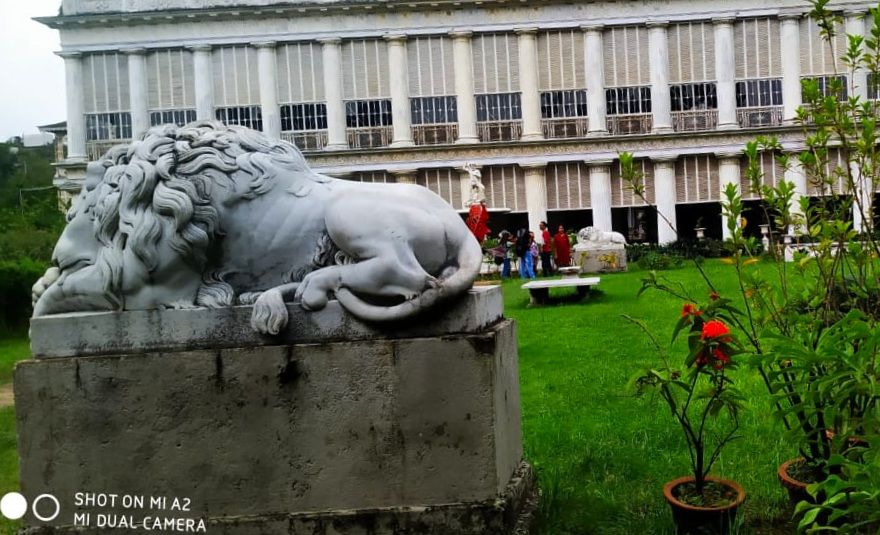
There is a big zoo adjacent to the Palace. Birds imported from foreign land, were housed in wooden cages. He build iron roundhouse with iron wheels at its base. This is the main attraction of the zoo and is the example of marvelous architecture till now. Government of India has declared this zoo as ‘The oldest heritage zoo in India.’




